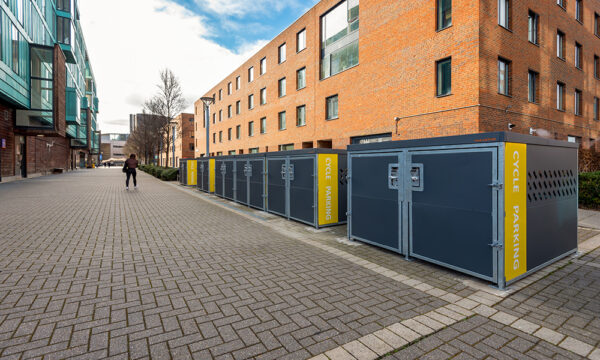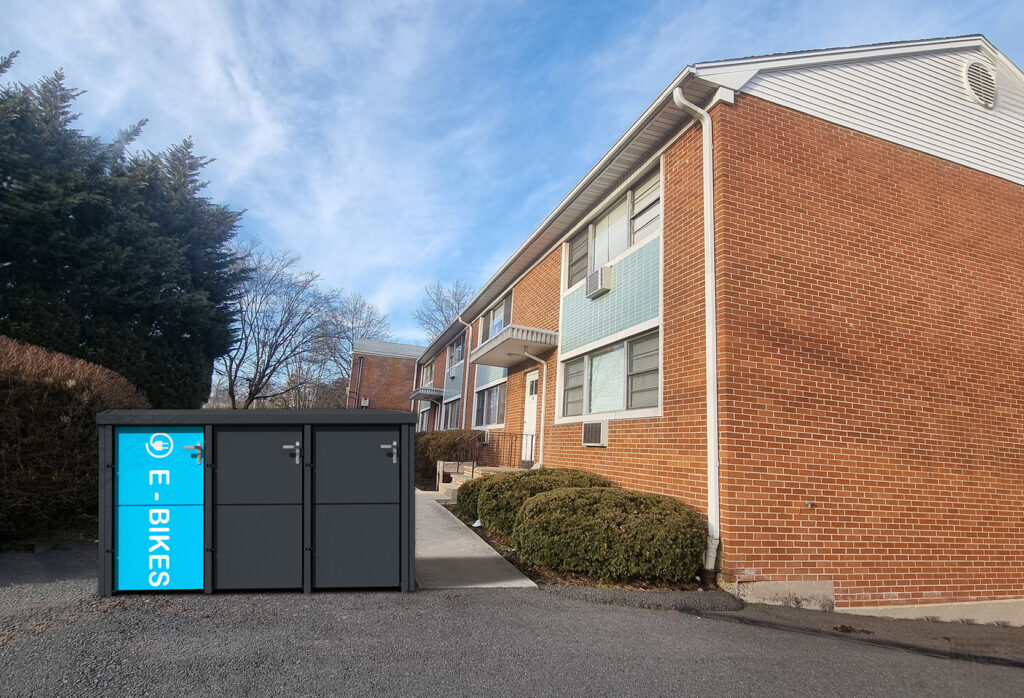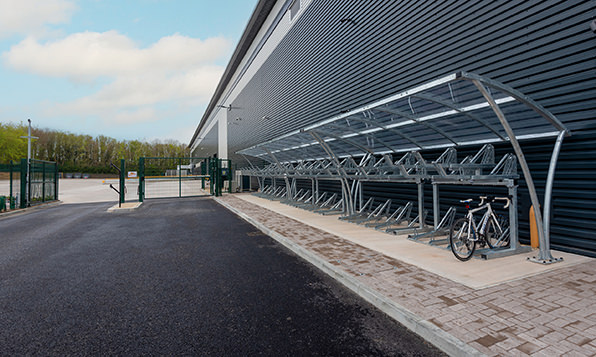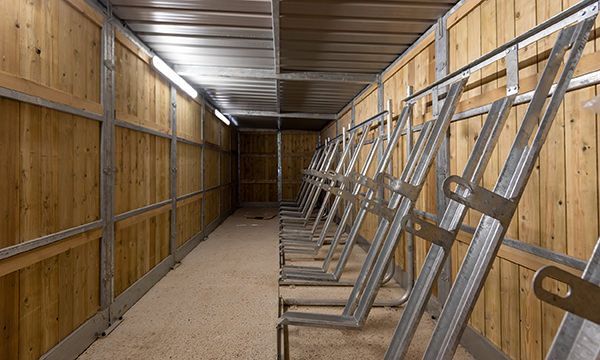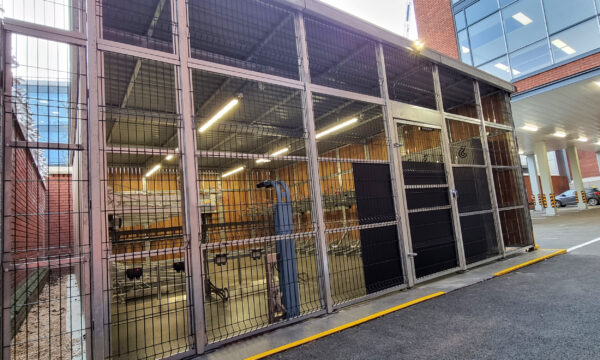The UK’s e-bike market is continuing to grow, with more people turning to micromobility for commuting purposes. According to a recent report, 57% of Britons in the 20-30 age bracket regard e-bikes as the most natural replacement for car travel. By contrast, the most commonly cited reason for not commuting by bike is a lack of infrastructure, specifically dedicated cycle routes and secure storage facilities.
Increasing the coverage of places to access secure storage for e-bikes is key to the development of the UK’s wider active travel landscape. Echoing the rise of the shared mciromobility schemes, which are increasingly well-established in our city centres, property developers argue that micromobility provisions should be a focus in the planning of new-build developments, with local councils connecting city centres and outer suburbs with safe, accessible cycle routes.
As the UK continues to witness a rise in e-bike usage, it’s increasingly imperative for new-build developments to incorporate secure storage and charging points that can encourage e-bike commuting for suburban residents.
The Role of Secure E-bike Storage in Suburban Settings
E-bikes can appeal to residents in suburban areas as they empower users to cover longer distances with ease, overcoming the challenges posed by steep inclines and traffic congestion. For those who are required to regularly travel to work in urban areas, these advantages can be highly desirable. Moreover, the development of lightweight, sleek models on the e-bike market has appealed to a more diverse demographic of commuters, particularly to young professionals seeking an eco-friendly and cost-effective alternative to traditional car travel.
While investment in cycle routes from local authorities tends to focus on the areas closest to city centres, in recent years there have been examples of development firms integrating free e-bike access into their new development plans. These changes open up the potential for bike commuting to a greater number of people in outer suburbs and rural areas, though the provision of effective, secure storage facilities within new-build developments remains a requirement.
While urban settings often have higher rates of bike theft, secure bike storage is a top concern for cyclists regardless of where they live. With an average price of around £400, even the theft of a high-quality lithium-battery (the main power component of an e-bike) can present a low-risk, high-reward opportunity for thieves. Suburban settings, while generally considered to be safer, still require attention to bike security, underscore the need for innovative storage solutions that encourage e-bike commuting for residents in suburban areas.
Design Principles and Considerations
In new-build developments there is a rising requirement to ensure that bike storage facilities can be adapted for the storage of e-bikes and other micromobility devices, however, it’s not simply a question of connecting an electricity supply.
The main objective of effective e-bike storage provisions is to ensure the long-term durability and functionality of an e-bike through designs that provide a balance of practicality and security, ensuring that the e-bikes can be stored in a cool, dry and contained environment with easy access to in-built charging points.
Other important design considerations include:
- Overhead cover is a necessity to protect the e-bikes from adverse weather conditions. Safety guidance from manufacturers advises that lithium batteries should be stored with a state of charge between 50% – 80%, and never exposed to high humidity, cold weather, or abrupt changes in temperature. This can reduce the batteries capacity and performance, risking damage which can in turn lead to significant safety concerns.
- Ensuring strategic placement of storage facilities within close-proximity of thoroughfares is important for ensuring accessibility for residents. Low profile designs are key for ensuring suitability with accessible and prominent locations.
- Implementing a modular design system provides opportunities to modify and expand storage to meet potential increases in demand, effectively accommodating e-bikes of varying sizes and configurations.
- Developers can collaborate with electricians and sustainable energy experts to integrate smart technologies to enable users to monitor the status of their e-bike’s battery, as well as cost-effective solutions such as solar-powered charging stations.
E-bike Storage Solutions from urbanspec
Developed in response to the rising popularity of e-bikes, urbanspec BIKE-E Storage & Charging Modules are ideal for integration in suburban developments, providing safe, secure external storage within individually lockable storage and charging compartments.
Engineered for security, urbanspec BIKE-E Storage & Charging Modules can achieve Sold Secure Bronze accreditation as standard, providing secure, integral battery charging compartments for up to 3 e-bikes. Accommodating future growth and demand, urbanspec’s modular product system enables additional safe, secure storage capacity in the form of ‘add-on’ modules if required.
The low profile design is ideally suited to promote accessibility in new-build suburban developments, with customisable graphics and a choice of panel colours. Additional specifications are available for fire-resistant enclosures, energy metering systems and access control types.
